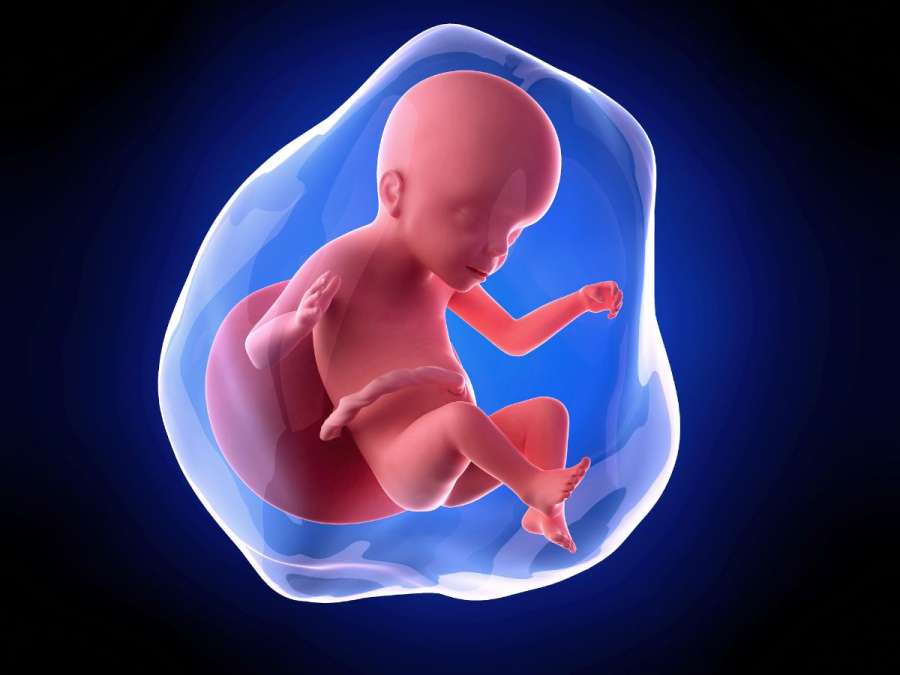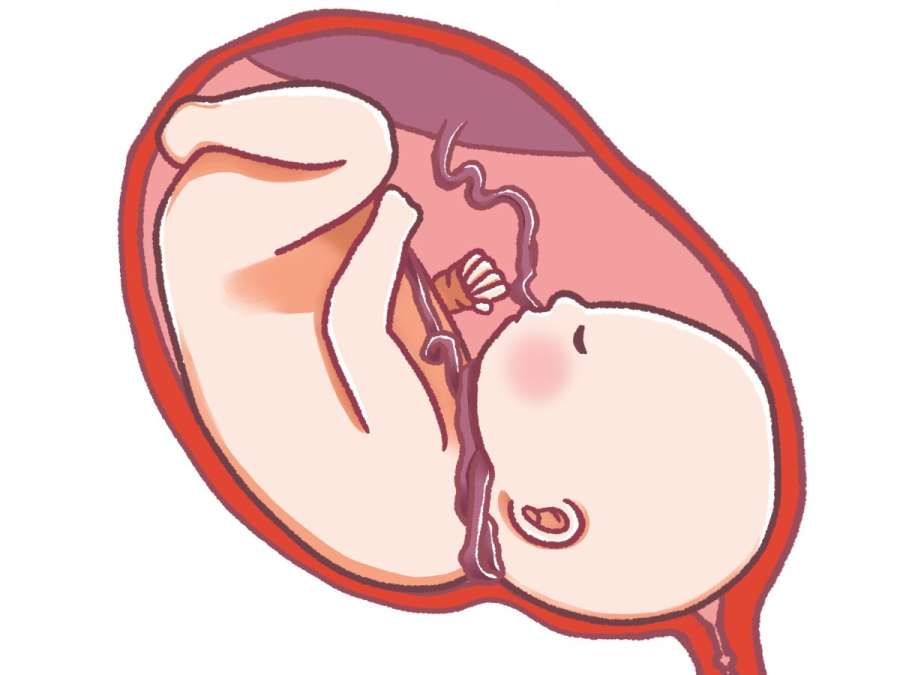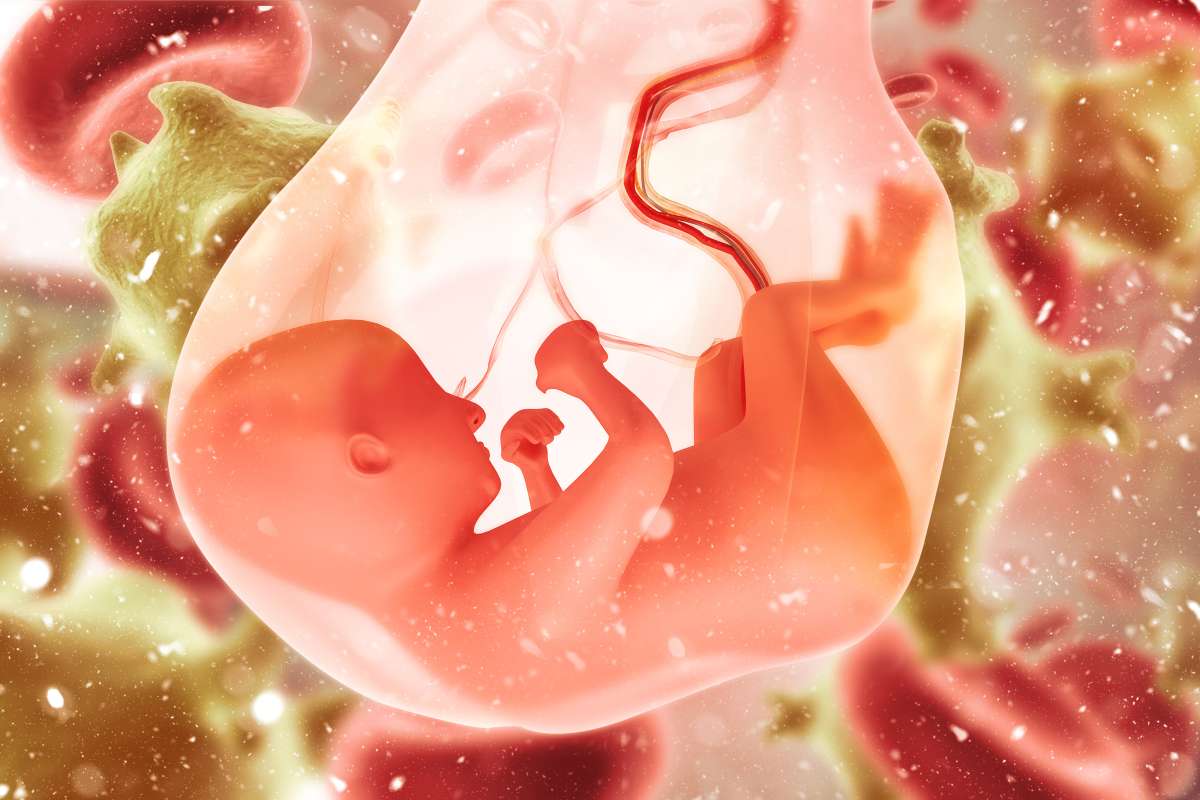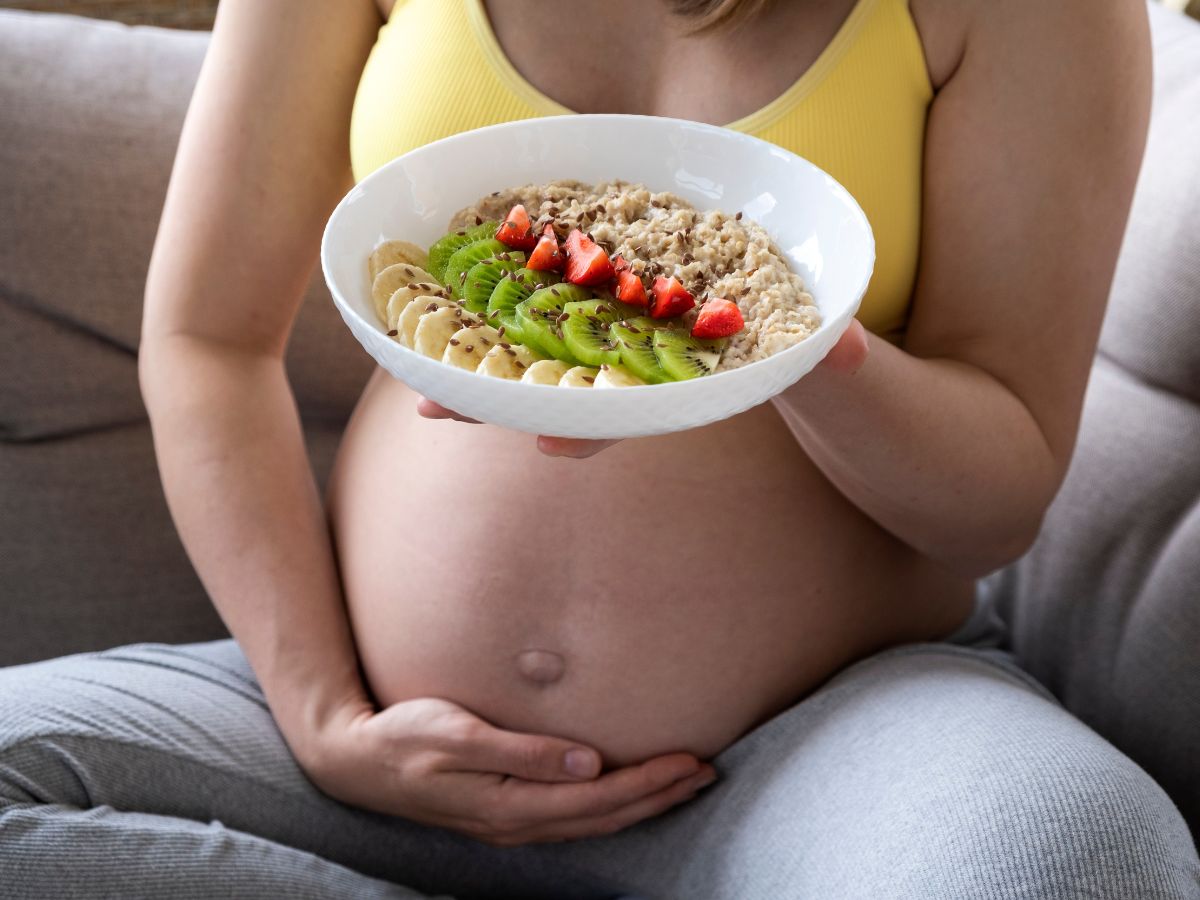Every parent finds the growth and development of their newborn intriguing. One of the most fascinating aspects is understanding the journey of your baby’s development. From the complex wiring of the brain and the expansion of the lungs to the development of taste buds, each stage marks a milestone in your little one’s life. Let us look deeper into these growth areas and discover your baby’s miraculous journey.
In this article, we will explore the captivating world of your baby’s development. We will focus on three remarkable aspects: the brain, lungs, and taste buds. These processes highlight the wonders of life as your little one continues to grow and prepare for the journey into the outside world. From the expansion of cognitive capabilities in the brain to the formation of delicate lungs and the early formation of taste preferences, each stage is special. Understanding these developments can give expectant parents valuable insights into their baby’s incredible journey.
1. Brain Development
The human brain is an incredible organ, and its formation in babies is miraculous.
a. Neural Connections:
In the womb, your baby develops up to 250,000 new neurons every minute, forming the base for learning.
b. Synapse Formation:

These are the connections between nerve cells. They allow the transfer of information, and billions are formed by the time of birth.
c. Brainwave Patterns:
Babies show brainwave patterns before birth, suggesting dream cycles during the last trimester.
d. Response to Sound:
Around the third trimester, the baby’s brain can start to process sounds, paving the way for language development.
e. Brain Growth Spurts:

These occur primarily in the first year of life, during which your baby’s brain doubles in size.
f. Cognitive Milestones:
Babies show clear signs of memory and recognition by six months.
g. Sensory Development:
Newborns can distinguish between light and dark, showing an early stage of visual processing.
h. Attachment & Bonding:

A baby’s brain is wired to recognize its mother’s scent and voice, helping attachment.
i. Motor Skills:
Coordination between the brain and muscles leads to rolling over, sitting, and walking.
2. Lung Development
Lungs are important for life outside the womb, and their development journey is intricate.
a. Formation of Airways:
Major airways like bronchi are formed by week 16 in the womb.
b. Alveoli Formation:

Tiny air sacs, or alveoli, start to form by week 24, crucial for breathing post-birth.
c. Surfactant Production:
This substance prevents the lung’s air sacs from sticking together and begins production around week 28.
d. Breathing Movements:
Even in the womb, babies make breathing movements, though they are not breathing air.
e. Lung Maturity:

By 36 weeks, the lungs are usually mature enough to adjust to life outside the womb.
f. Respiratory Adaptation:
After birth, the baby’s lungs replace fluid with air, beginning independent breathing.
g. Rapid Growth:
In the initial years, the lungs grow rapidly, increasing their capacity to take in oxygen.
h. Protection Mechanisms:

Babies develop coughing and sneezing reflexes early on, crucial for clearing airways.
3. Taste Bud Development
Your little one begins their gastronomic journey long before their first meal.
a. Early Formation:
Initial taste bud cells appear by week 8 in the womb.
b. Flavour Exposure:

From the second trimester, babies can taste the flavours of their mother’s food through the amniotic fluid.
c. Taste Preferences:
Studies suggest that exposure to certain flavours in the womb can lead to a preference for those tastes after birth.
d. Taste Bud Maturation:
Full maturation happens after birth, but even newborns can differentiate between basic tastes.
e. Adaptive Mechanism:

Babies naturally prefer sweet flavors, which may be an evolutionary adaptation related to breastfeeding.
f. Changing Palate:
As babies grow, their taste preferences change, often making parents deal with picky eating phases.
g. Exploration through Taste:
Babies use their mouths to explore the world, which aids in taste and texture differentiation.
h. Diverse Diet Benefits:

Exposing babies to a varied diet can help develop a broad palate.
In conclusion, your baby’s development in areas like the brain, lungs, and taste buds is fascinating. As parents, understanding these milestones allows us to look at the miracle of life and helps us ensure that our babies get the best possible start. The early stages of life are fundamental, and every little growth signifies a step towards a bright and healthy future.
